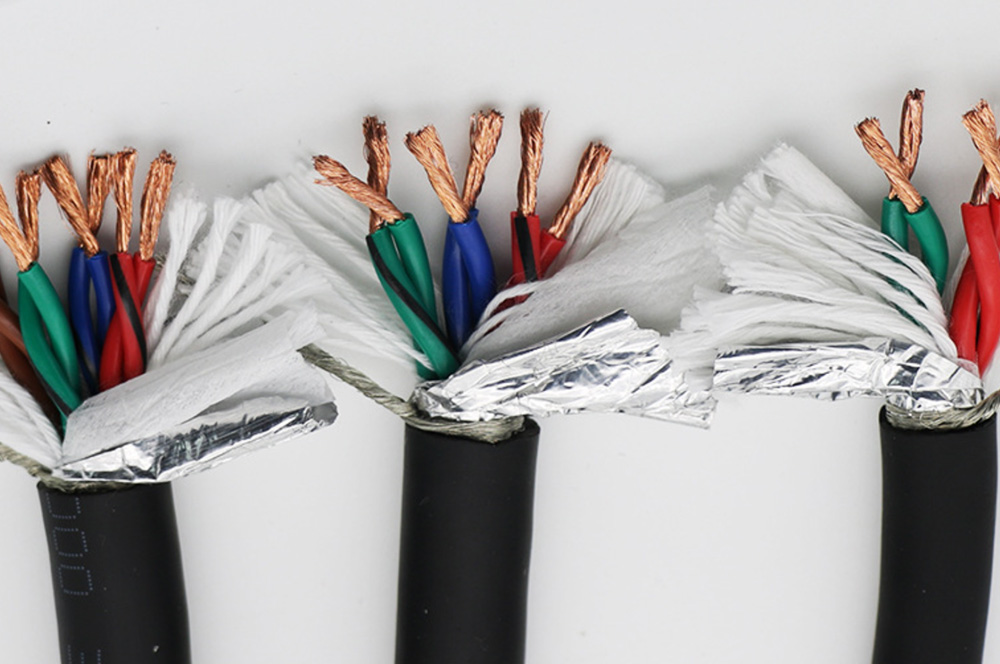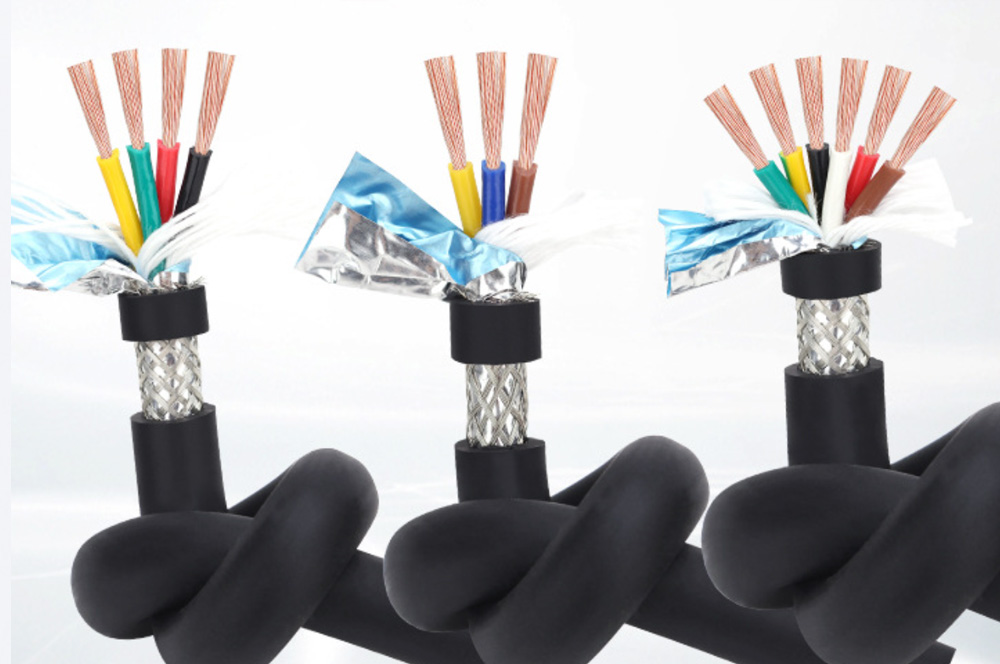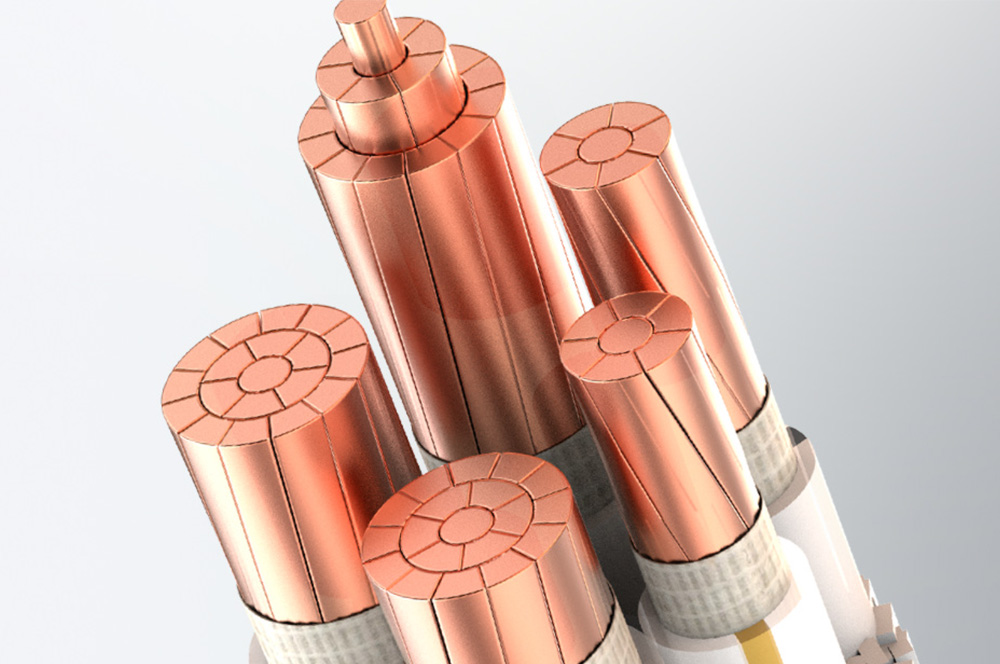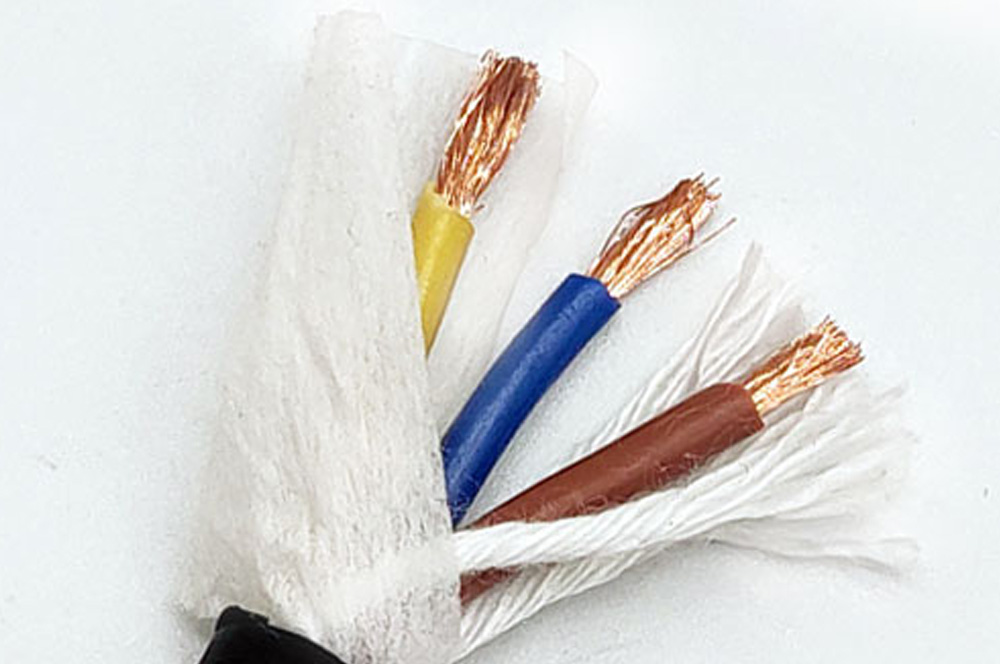
Do You Know the Functions of Shielded Cables?
The electromagnetic noise environment in industrial application fields is often extremely complex. The radiation or propagation of electromagnetic noise will seriously interfere with the normal operation of electromechanical equipment. In this process, various cables used in production line equipment are important carriers for electromagnetic noise propagation—some serve as noise sources, while others are disturbed objects. As a noise source, the cable transmits noise to surrounding lines and equipment like a radio transmitting antenna. As a disturbed object, the cable absorbs noise interference from other sources, just like a receiving antenna.
A crucial method to combat electromagnetic noise interference on electrical lines is to use shielded cables.
A shielded cable is a cable in which one or more (mutually insulated) conductors are wrapped by a common conductive layer. This common conductive layer is the cable's shielding layer, which is generally composed of braided strands of copper (or other metals such as aluminum), non-braided spiral windings of copper tape, or a conductive polymer layer.
The shielding layer can enclose signal or power conductors inside and prevent electromagnetic noise interference in two ways:
On the one hand, it can simply act as an isolation layer to reflect noise energy.
On the other hand, it can absorb noise and conduct it to the ground, serving as a return path for noise signals.
In either case, electromagnetic noise will not be directly transmitted to the line conductors. Although noise energy may occasionally penetrate the shielding layer, it is usually attenuated to a large extent and hardly causes interference. Therefore, whether the cable itself is a noise source or a disturbed object, using shielding for it will be very effective.
For application fields that may be affected by different noise sources, it should be noted that large power switches, induction heaters, large transformers, etc., may emit higher levels of conducted noise and radiated interference. Noise will couple with signals if signal cables are placed close to power cables.
After today's introduction, do you have a better understanding of shielded cables? If you want to learn more, you can visit our website for consultation or browse other articles.





